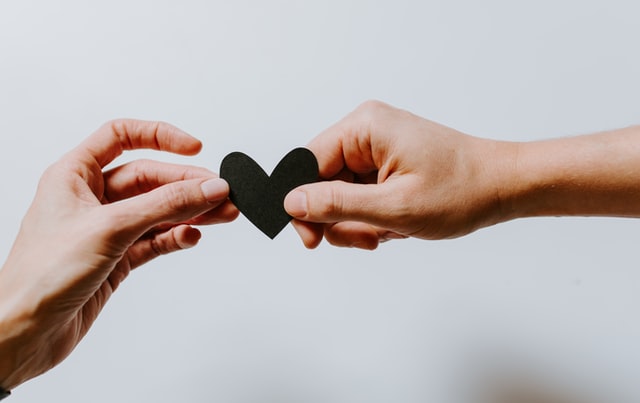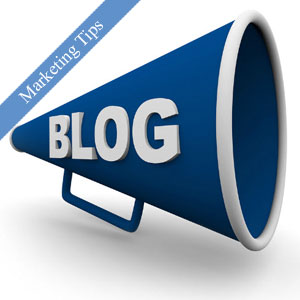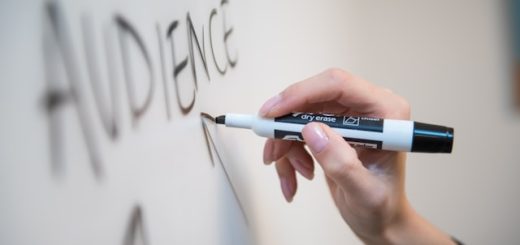5 Product Image Tips For High Converting Landing Pages
They say that a picture is worth a thousand words, but have you ever stopped to think what your e-commerce images are saying about the products you’re trying to sell online?
Are your photos helping your products to jump off the screen and convince shoppers to buy them?
Or, are your product images quite simply terrible to look at and a real turn-off for buyers?
With the average shopper spending less than 10 seconds on your product page, and as many as 24 million e-commerce stores out there for people to choose from, it’s more important than ever to make sure your product images are telling the right story about your product.
To help you improve your product images, we’ve come up with 5 product image tips that cover everything from how to take perfect photos, through to presenting them in the best light with some quick and easy editing.
1. Make sure product images are the right size
There’s a lot of e-commerce platforms to choose from.
But regardless of which e-commerce platform you use, the main thing to remember is to start with a large high-resolution file and reduce the size of the photos if you need to. And don’t forget to optimize your logo image too.
To help you make sure you’re preparing your product images to look their best on your platform of choice, we’ve done the hard work for you and researched everything you need to know about photo sizes for 5 of the leading e-commerce platforms on the market.
- Amazon – Any images submitted to Amazon should be at least 1280px but really, they prefer the images to be at least 2560px for best results.
- eBay – Auction site juggernaut eBay suggests that your product images should measure in at between 800px and 1600px in order to make the most of their zoom-in features.
- Shopify – The sky is pretty much the limit with image sizes on Shopify (well, 4472x4472px and 20mb to be exact), but the market-leading Ecommerce platform recommends maximum dimensions of 2048x2048px for best results.
- Etsy – If you’re selling craft-inspired items on the world’s number one handmade marketplace, then you need to make sure that your product images are at least 2000px wide so that shoppers can use Etsy’s built-in zoom button.
- Magento – Another platform that automatically resizes photos for you, Magento recommend that you start with an image at least 1100x1100px in size.
If you have a small image you need to enlarge, but you don’t want to get a blurry result, you can resize your image without losing quality with ImageUpscaler.
2. Create high-quality photos of your products
Although it’s important to make sure that your images are the optimum size and aspect ratio for your e-commerce platform of choice – it means nothing if your photos are terrible to look at.
Now, no one is expecting you to be able to shoot the next cover of Vogue magazine, but there are a number of things you should do to make sure that your photos are the best they can be – and the good news is they’re all pretty easy to do.
- Lights – One of the most effective things you can do to take great photos is to simply make sure your subject (in this case your product) is well lit. Natural light is a great start, but simple led lighting rigs like these can really take your images to a whole new level.
- Camera – Once your lighting is sorted, you’re going to want to make sure you have a decent camera to take your photos with. These days an up to date smartphone should do the trick, but if you want to splash the cash on a proper Digital Camera, then this Canon EOS 4000D is a best seller on Amazon.
- Action – When it comes to taking a photo of your product, make sure you take all photos against a plain background. You should also use a tripod to keep the camera level and balanced, take photos from a wide variety of angles, and fill as much of the frame as possible with your product.
3. Edit your product images to make them pop
Once you’ve taken professional looking photos that are a big enough size for your e-commerce platform of choice, it’s time to think about adding a little bit of visual magic to really help your product images come to life.
Until recently, in order to edit and improve your e-commerce images, you would have had to invest in some heavy duty (and expensive) software like Photoshop.
However, thanks to handy tools like AutoClipping and Canva, you can now make your images pop with just a few clicks of your mouse and next to no skill required. You can even overlay text in different languages to reach an international audience – just make sure you use a professional transcriptions or translations service for an expert impression.
AutoClipping is an easy to use background removal tool. Simply select the background of the image that you want to delete, and the foreground of the image that you want to keep – and the software does the rest for you.
Once you have removed the background, you can then save your updated product image and upload it to your Ecommerce store. It’s as easy as that!
4. Optimize product images and increase page speed
So, by this stage you’ve taken and edited some fantastic looking product photos – and you might have even added some snappy descriptive text to help showcase all your product’s features.
You might think you’re now ready just to upload your photos and start driving traffic to your Ecommerce store – but before you get too carried away, there’s another step you seriously need to consider first: image optimization.
According to a recent report by HTTP Archive, images make up a whopping 21% of a website’s page weight – which can have a massive impact on load speed. This is important because the longer your webpage takes to load, the more likely a shopper is to hit the back button and try somewhere else.
This means that in order to make the pages of your website load more quickly, you need to reduce the size of your image files. To do this you can use one of a number of image optimization websites, including:
- Compressor.io
- Tinypng
- Kraken.io
Using a dedicated tool like the ones we’ve suggested should help you reduce your file size by as much as 66% – which can dramatically improve your page load times.
5. Help your images get discovered through search
Your professional looking Ecommerce product images aren’t just a great way to encourage website visitors to buy from your store, they can also be used to help you drive traffic to your site.
Don’t believe us? Well, google images accounts for a whopping 10% of all the traffic google receives and gets more than 1 billion page views every day from people searching for images…just like yours.
This means that if you take the time to properly optimize your images for SEO, then not only will they become ‘readable’ by search engines and rank in places like Google Images, but they’ll also increase the discoverability of your Ecommerce store and drive more traffic as a result.
With the average Ecommerce store converting just 2.03% of their traffic into revenue, you could probably do with all the free traffic you can get, right?
Optimizing images for SEO is a whole other blog topic in its own right, but to get you started – and help you land some of that all-important free traffic – here are a few golden rules you should always follow:
- File Names: Make sure you give your photos a sensible and appropriate name to maximize their discoverability. This means that instead of calling your product photo something random and meaningless like 13549ax12.jpg you should call it product-name-descriptive-feature.jpg (making sure to use hyphens to separate out words).
- Onsite optimization: Depending on which Ecommerce platform you use; you should have options to add an on-page title and description for each of your images – and in some cases you may even be able to edit the alt-text too.
- Keywords: Whatever you do to optimize your images for SEO, try not to be too spammy or inauthentic with your file names, titles, descriptions, meta data and alt text. Intelligent search engines like Google can spot keyword stuffing and “black hat” SEO techniques and could punish your website with a poor search engine ranking as a result.
Conclusion
On the face of it, it sounds like there is a lot to consider when creating killer product images for your Ecommerce website.
Really though, with a little practice it comes down to a few simple rules:
- Make sure your photo looks good and represents your product properly
- Make sure your photo is an appropriate size for your Ecommerce platform of choice
- Make sure you edit your photos to help make them pop on screen
- Make sure you optimize them to help with load speed and discoverability.
We’ve included links to a number of tools and resources in this article to help you get started on your quest towards higher converting landing pages, but if there’s anything we missed, let us know in the comment section below.







